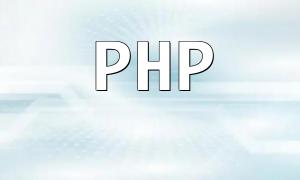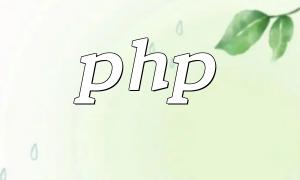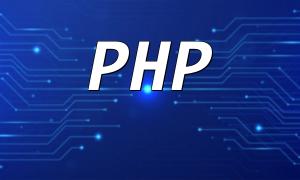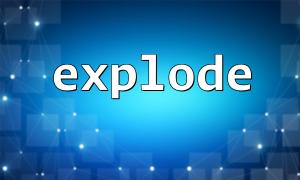PHP is a powerful server-side programming language, and SOAP (Simple Object Access Protocol) is an XML-based protocol used to exchange structured information over the network. SOAP is widely used in Web Services, providing a standard communication method that ensures interoperability between different platforms and technologies. This article will guide you through how to use SOAP technology in PHP, helping you master the core skills of SOAP client development.
To create a SOAP client in PHP, the simplest method is to use the SoapClient class, which can easily handle sending and receiving SOAP messages.
When creating a SOAP client, you need to specify a WSDL (Web Services Description Language) endpoint for the SoapClient class. The WSDL file defines the Web Service's interface, and the client uses it to communicate with the server.
With the SoapClient class, you can call remote SOAP methods just like you would call local methods.
Creating a valid SOAP request message requires you to generate a SOAP Envelope, specifying the target namespace, method name, and other necessary elements.
Based on the WSDL definition, you also need to add relevant parameters to the SOAP Body to ensure the request is processed correctly.
The SOAP client will handle SOAP fault messages and provide detailed diagnostic information to help you quickly identify and fix issues.
After receiving a SOAP response, you can parse it into PHP data structures and extract the necessary information.
Validating the response's legitimacy is crucial, especially when dealing with SOAP fault messages. By checking the returned fault codes and messages, you can confirm if the response is valid.
In real-world applications, SOAP provides many advanced features, such as custom SOAP Headers and sending binary data attachments.
You can add custom headers to a SOAP request to pass authentication information, session details, and more.
SOAP clients can handle not only text data but also binary data attachments, such as images or documents.
With a WSDL parser, PHP developers can easily parse WSDL files and automatically generate PHP code to access SOAP services.
When using PHP SOAP, it's essential to follow best practices, especially when handling namespaces, exceptions, and data security.
Defining clear namespaces in SOAP requests and responses helps avoid naming conflicts and ensures maintainability and scalability of the system.
Using a try-catch block allows you to catch SOAP exceptions and ensure the system remains stable even when errors occur.
To ensure data transmission security, it's recommended to use SSL/TLS encryption protocols to protect SOAP communications.
$client = new SoapClient("http://example.com/soap?wsdl");
$result = $client->get_data(["id" => 123]);
if ($result->status == "success") {
// Handle successful response
} else {
// Handle error response
}
By learning and mastering PHP SOAP technology, developers can easily create SOAP clients, generate valid SOAP requests, handle error responses, and seamlessly communicate with other SOAP services. SOAP is an essential part of Web Services, and mastering it will significantly enhance your development skills.








